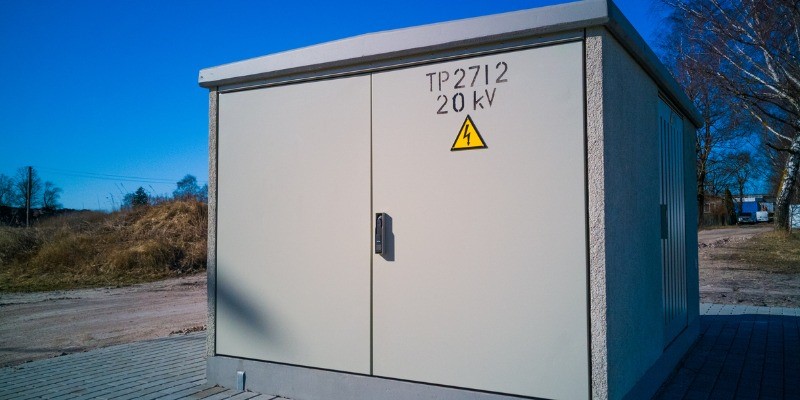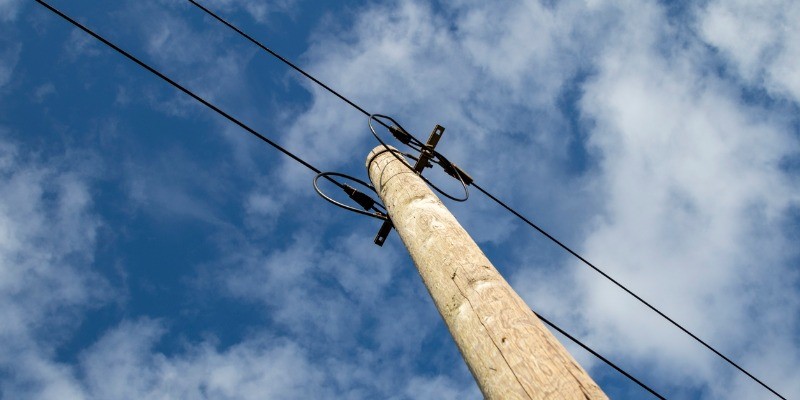
It can be a challenge to figure out exactly which transformer you need for your specific application. One common stumbling block is autotransformers and isolation transformers. Should you go for the cheap efficiency of an autotransformer, or the better power quality and safety of an isolation transformer? Let’s discuss the difference between these two transformers and the general applications they are best suited for.
1. Autotransformers
Autotransformers have one voltage winding, shared by both sides. You tap the winding along its length to provide some of the primary voltage across its second load. You should use autotransformers in applications where you need to step up or step down three-phase line voltages (i.e. the standard voltage in outlets or junctions). Ideally, when you’re using a protected piece of equipment, so you need the voltage to match its need exactly. Other uses for an autotransformer include:
- Reducing starter voltage for an induction motor
- Start-up for a fluorescent light fixture
- Compensation for voltage losses, boosting at the end of a long transmission line
- Enable rectifier output control
2. Isolation Transformers
Isolation transformers are more complex than autotransformers. They are also called insulating transformers, as the primary and secondary don’t share a single coil, but each has their own coil. Thereby, they can isolate circuits, which is usually their primary use. A few uses for an isolation transformer include:
- Telecommunications equipment
- Medical equipment
- Computers and peripherals
- Remote control equipment
Sources:
https://www.electronics-tutorials.ws/transformer/auto-transformer.html
https://canadatransformers.com/what-is-autotransformer/
https://www.powerinspired.com/isolation-transformer-need-know/
